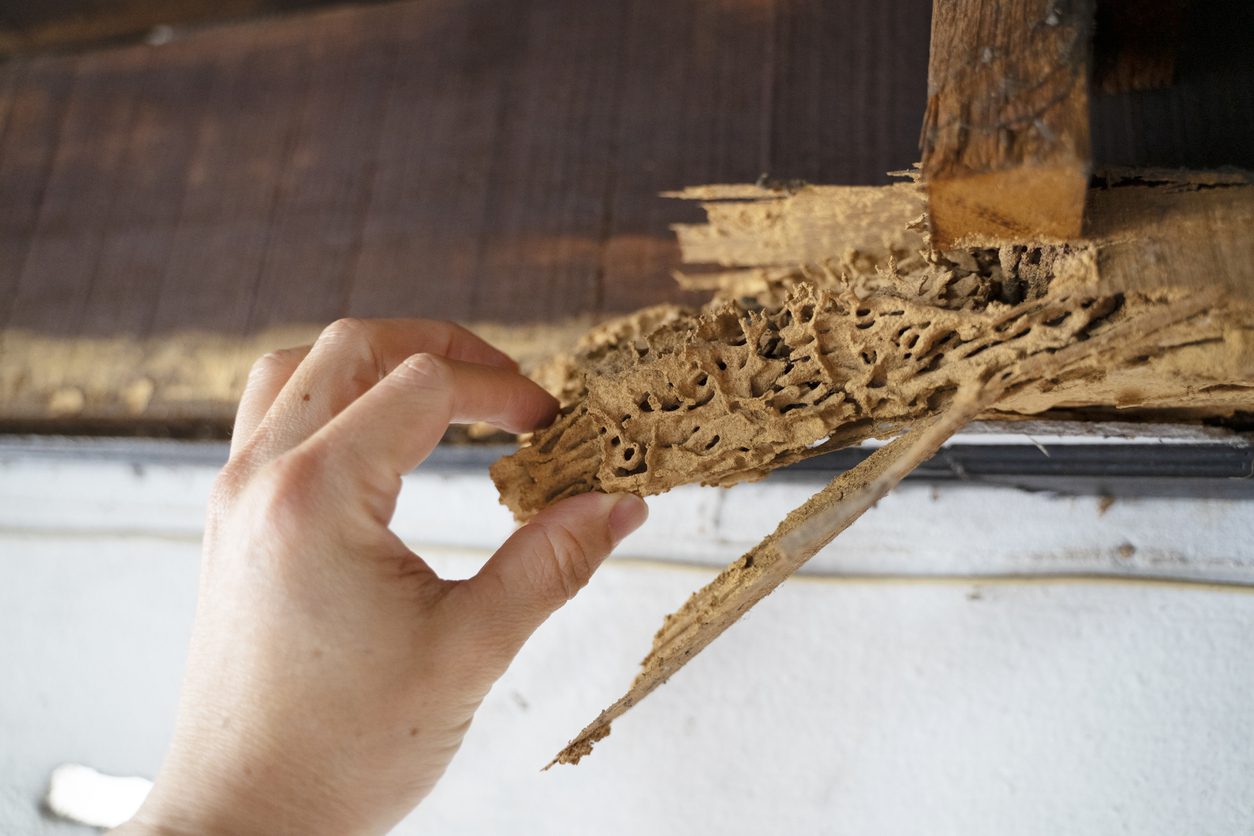When it comes to building or furnishing a space that lasts, termite resistance is a top priority—especially in regions prone to these wood-munching pests. Termites can wreak havoc on softer woods, causing costly damage over time.
Fortunately, nature has provided us with some incredible hardwoods that naturally repel termites thanks to their density, oils, and chemical makeup.
In this post, we’ll explore seven of the best termite-resistant woods—Ipe, Cumaru, Brazilian Redwood, Tigerwood, Teak, Garapa, and Mahogany—and why they’re worth considering for your next project.
1. Ipe: The King of Durability
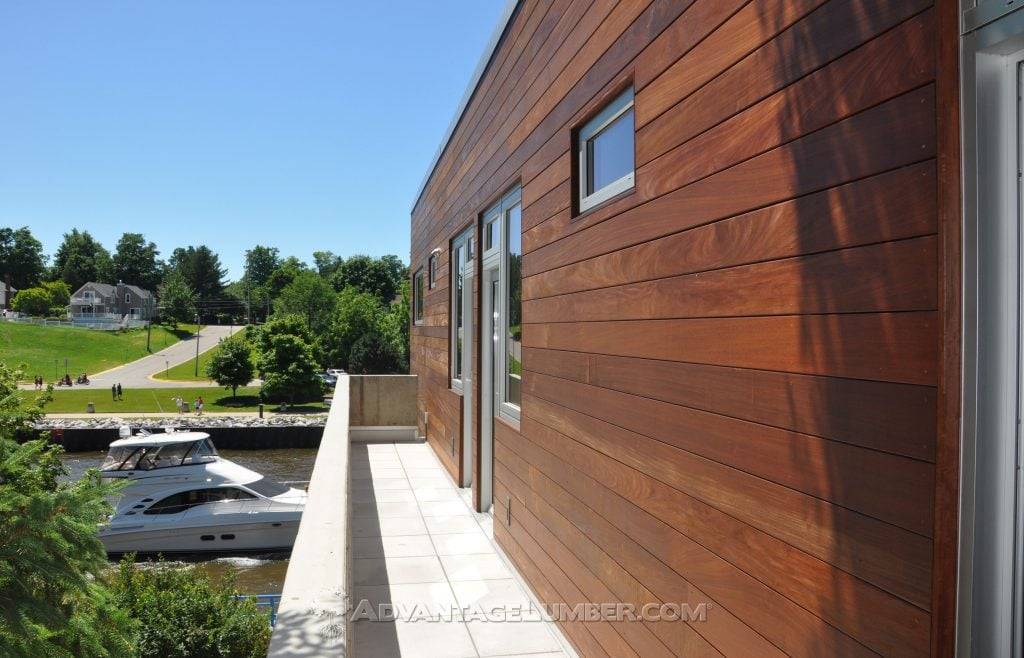
Ipe (pronounced “ee-pay”) is often hailed as the gold standard for termite-resistant woods. Native to Central and South America, this tropical hardwood is incredibly dense and packed with natural oils that make it a nightmare for termites. Its tight grain and rich, dark reddish-brown color also make it a favorite for outdoor decking, siding, and furniture. Ipe’s resistance isn’t just limited to termites—it stands up to weather, fungi, and even fire. While it’s on the pricier side, its longevity (often lasting up to 75 years) makes it a smart investment.
2. Cumaru: The Brazilian Teak Alternative
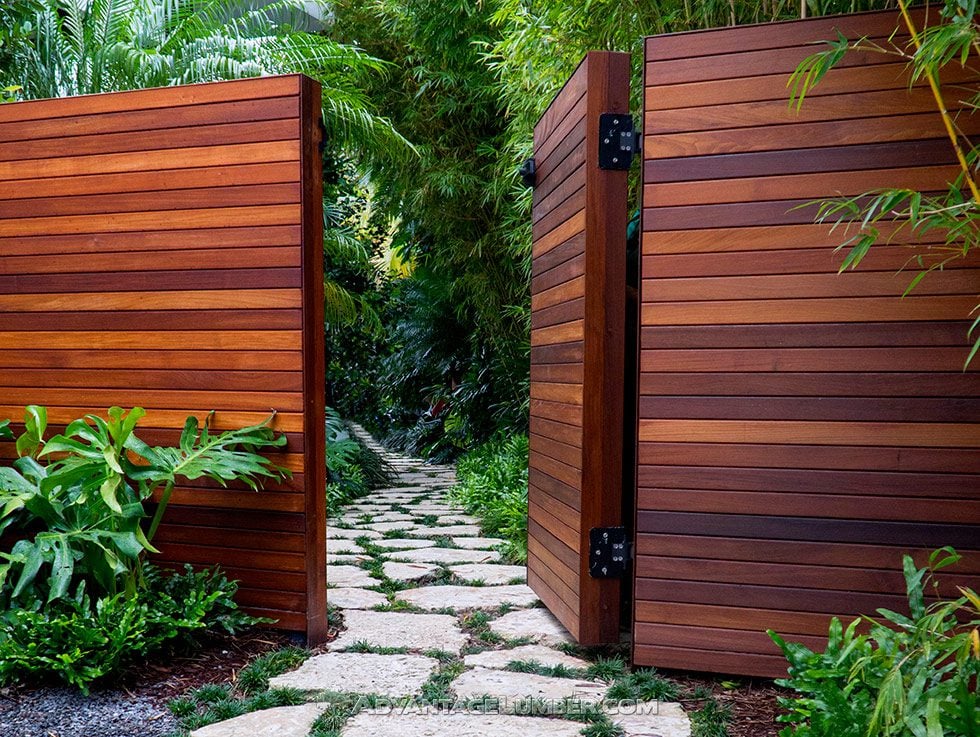
Cumaru, sometimes called Brazilian Teak, is another South American gem that rivals Ipe in termite resistance. Its interlocking grain and high oil content act as a natural deterrent to pests, while its warm, reddish-brown hues add elegance to any space. Cumaru is slightly less expensive than Ipe but offers similar durability, making it a popular choice for decking and flooring. Bonus: it’s also scratch-resistant, so it’s perfect for high-traffic areas.
3. Brazilian Redwood: Strength Meets Beauty
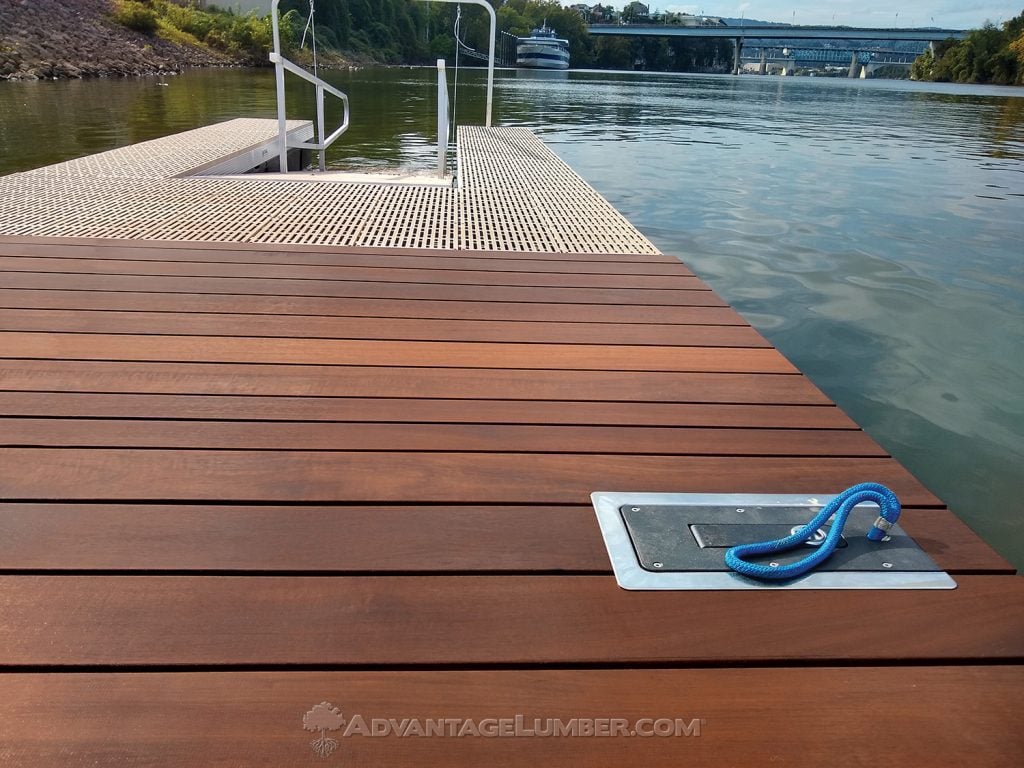
Brazilian Redwood, also known as Massaranduba, is a lesser-known but equally impressive termite-resistant wood. Harvested from South American forests, it boasts a deep reddish tone and exceptional hardness. The natural resins within Brazilian Redwood make it unpalatable to termites and highly resistant to decay. It’s a fantastic option for outdoor structures like docks, pergolas or fences, though its weight and density can make it a bit tricky to work with—plan accordingly!
4. Tigerwood: Exotic Looks, Termite-Proof Strength
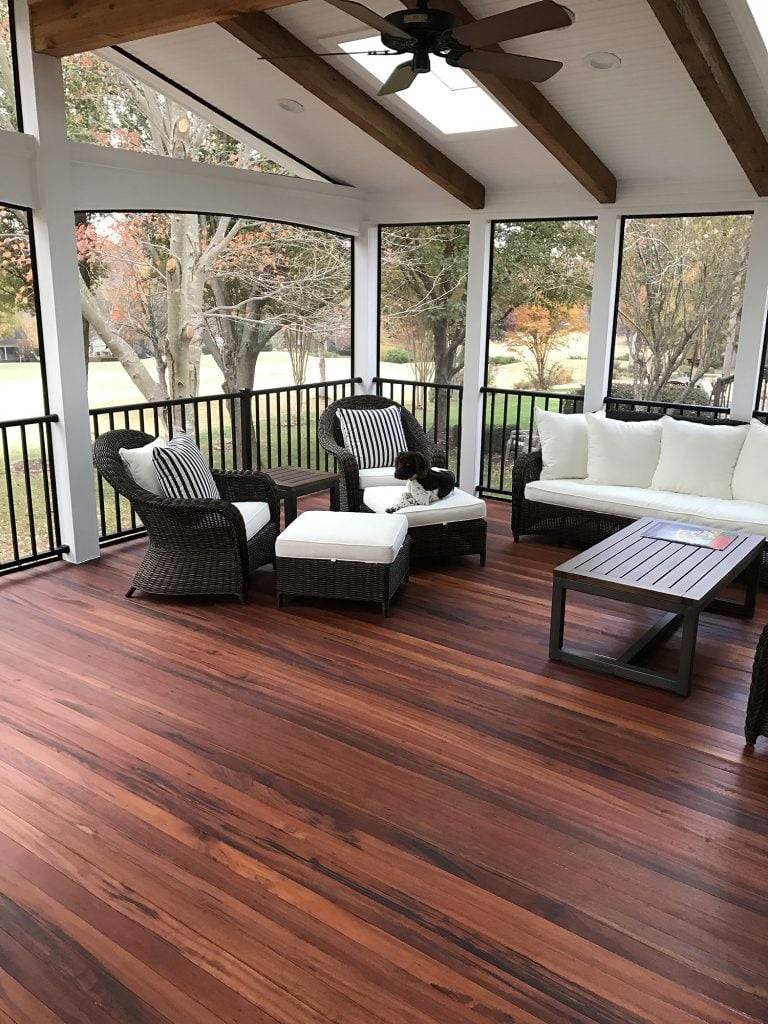
Tigerwood stands out with its striking, tiger-like stripes of reddish-brown and orange—a true showstopper for flooring or furniture. Beyond its beauty, this South American hardwood is naturally resistant to termites due to its density and natural compounds that repel insects. Tigerwood is moderately priced compared to Ipe or Cumaru, offering a balance of aesthetics and practicality. It’s a bold choice for anyone looking to make a statement without sacrificing durability.
5. Teak: The Timeless Classic
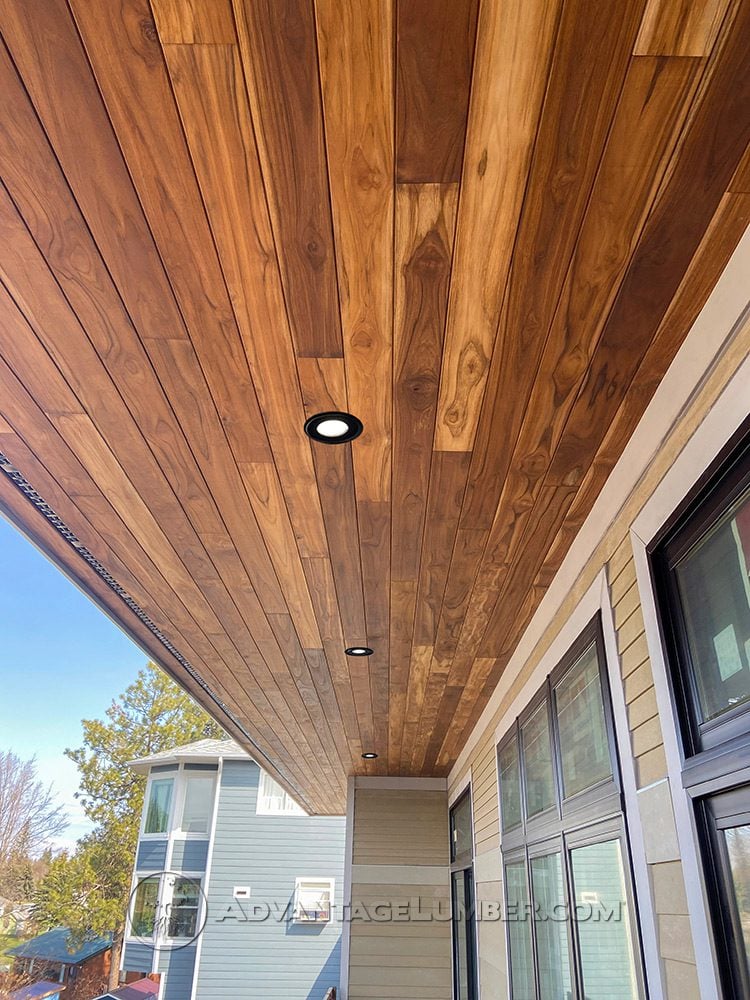
Teak has long been prized for its termite resistance and golden-brown beauty. Grown primarily in Southeast Asia, this wood contains natural oils and silica that make it inhospitable to termites and other pests. Teak’s durability has made it a staple in boat building, outdoor furniture, and luxury interiors. While it’s softer than some of the other hardwoods on this list, its weather resistance and low maintenance needs keep it a top contender. Teak does come with a premium price tag, but its versatility justifies the cost.
6. Garapa: The Lighter Option
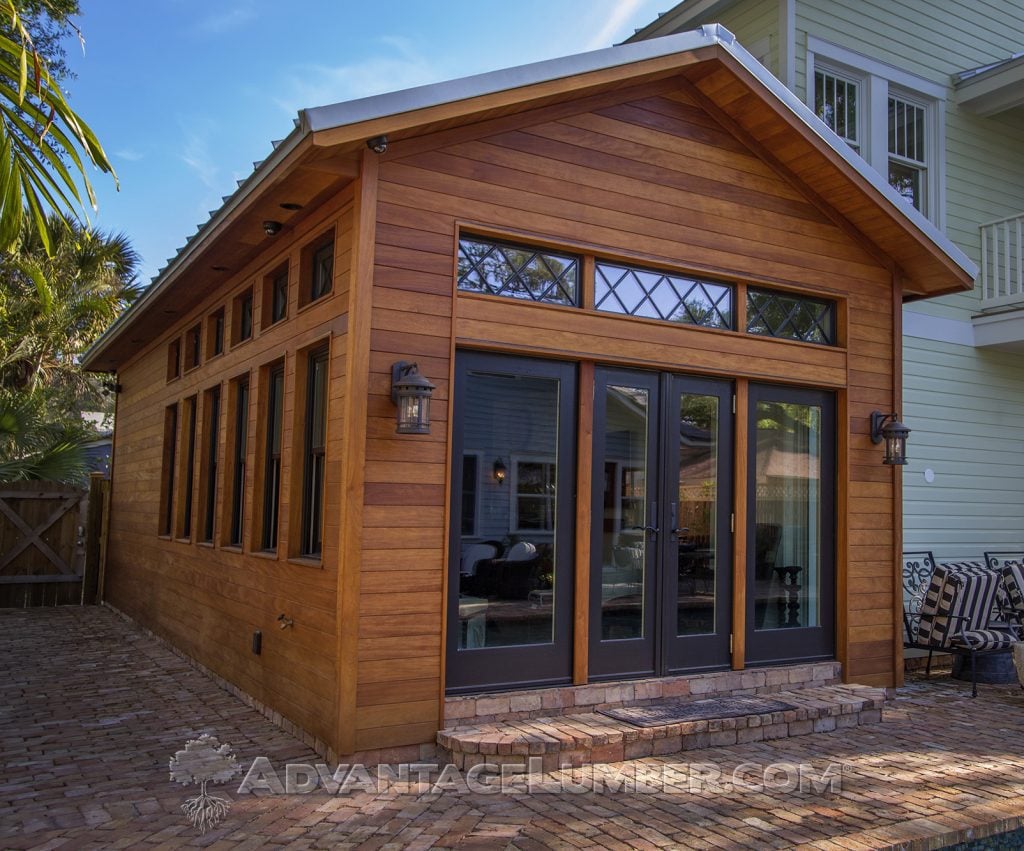
Garapa, another Brazilian hardwood, offers a lighter golden hue compared to its darker counterparts. Don’t let its color fool you—Garapa is highly resistant to termites thanks to its dense structure and natural preservatives. It’s a fantastic choice for decking or siding if you prefer a brighter, more subtle look. Garapa is also more affordable than Ipe or Teak, making it an attractive option for budget-conscious projects without compromising on quality.
7. Mahogany: Elegance with Resilience
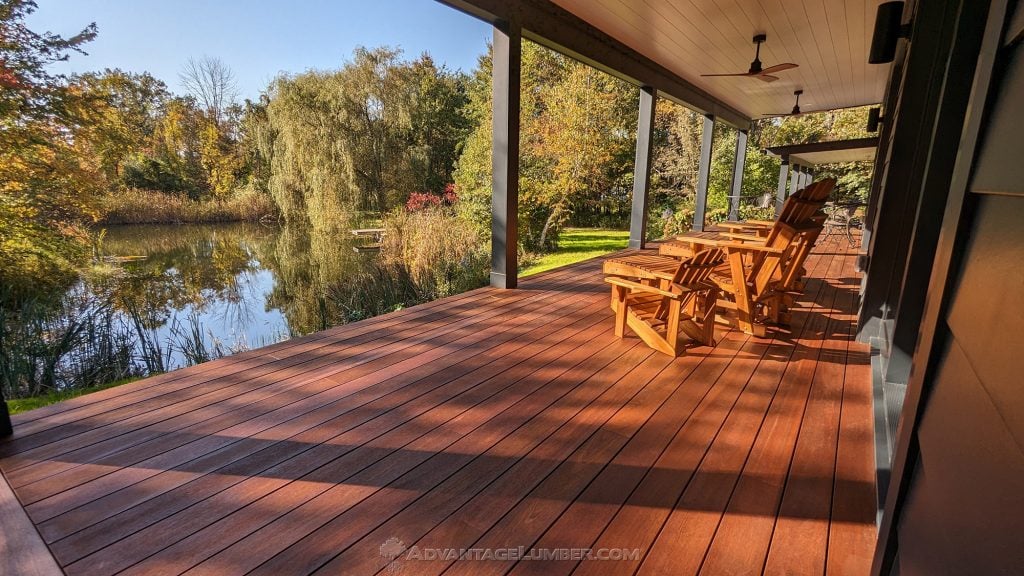
Mahogany rounds out our list with its rich, reddish-brown tones and smooth grain. While it’s often associated with fine furniture and cabinetry however it also offers excellent termite resistance due to their natural oils and density. Mahogany isn’t as hard as Ipe or Cumaru, but it strikes a balance between workability and durability. It’s ideal for indoor applications or sheltered outdoor use where termite protection is still a concern.
Why Choose Termite-Resistant Woods?
Termites cause billions of dollars in property damage each year, silently chewing through structural beams, furniture, and more. Opting for termite-resistant woods reduces the need for chemical treatments and extends the lifespan of your investment. These hardwoods are naturally equipped to fend off infestations, offering peace of mind alongside their stunning aesthetics.
Final Thoughts
Whether you’re building a deck, crafting furniture, or designing a termite-proof home, these seven woods—Ipe, Cumaru, Brazilian Redwood, Tigerwood, Teak, Garapa, and Mahogany—deliver unbeatable resistance and beauty. Each has its unique strengths, from Ipe’s unmatched toughness to Garapa’s affordability. Consider your budget, aesthetic preferences, and project needs when choosing the right one for you. With any of these woods, you’re not just building—you’re creating something that lasts.
